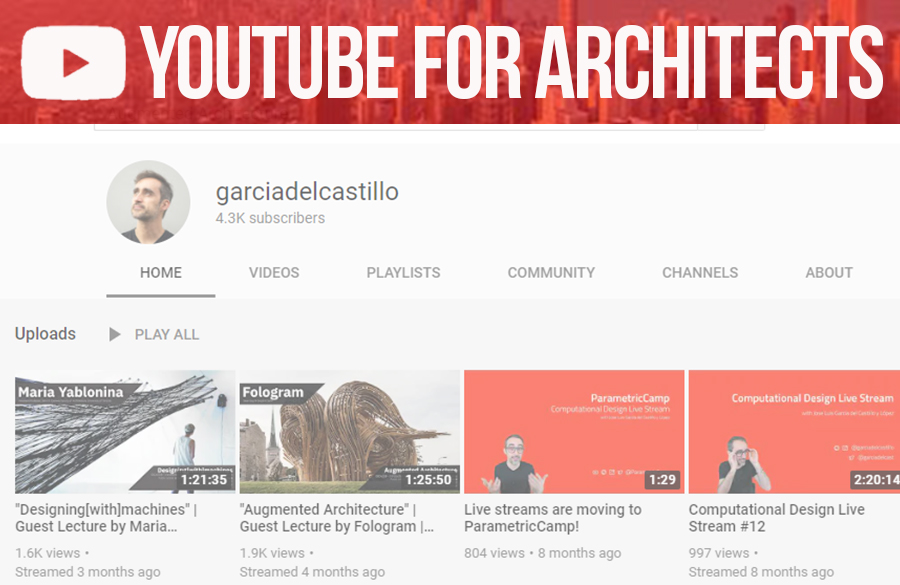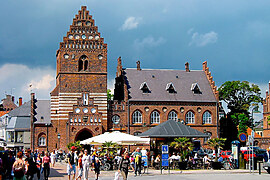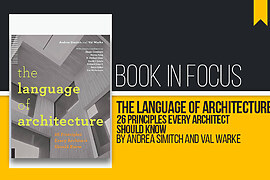Now, more than ever, the technological advancements in the field of construction industry claim for a complete, radical change of paradigm and architecture makes no exception. Of course, in such cases, when it comes to questioning the future of a profession, there will inevitably appear some speculators to ruminate conspiracy theories and post-apocalyptic scenarios affirming that technology dooms us all. Yet, for those of us who like to live in real life, such concepts as ‘augmented architecture’ may be of great interest.
The following article tries to tackle the subject based on the YouTube guest lecture at Harvard University Graduate School of Design for GSD-6338: Introduction to Computational Design, entitled “Augmented Architecture.”
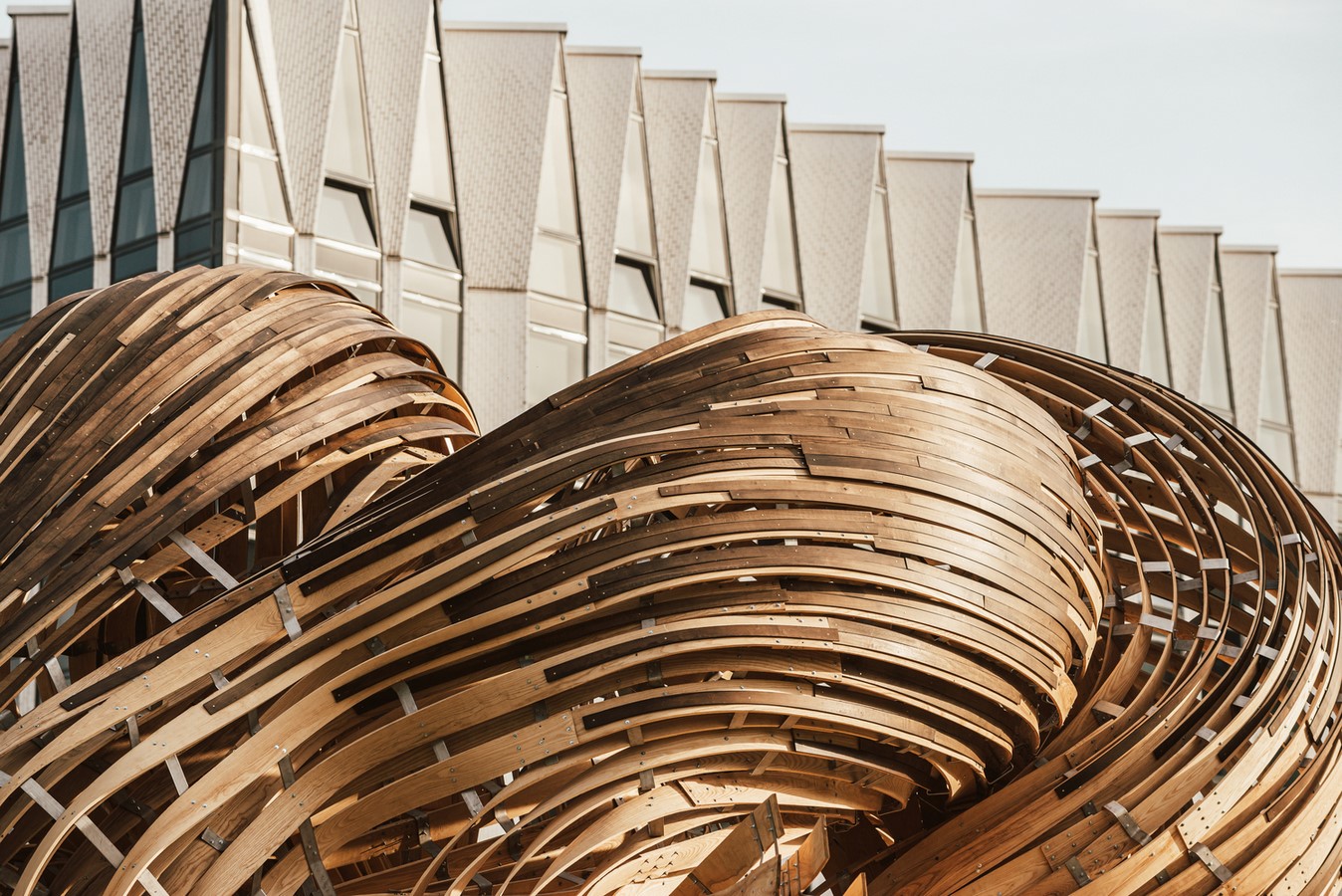
Background & Context
The general context in today’s industrialization of construction processes is that it gets rather hard to create custom designs when the production chain gets more and more standardized and automated. Of course, those two may help to create both faster and cheaper buildings, but when projecting this onto the future, one may notice that architects would be left with little or, even worse, no role in shaping the built world around.
As Gwyllim Jahn states in his presentation, the architect, in such a future, may become more of a “specifier” whose only impact would be to choose from a wide range of “standardized modules and finishes” those that are ‘most’ suitable for the project.
Although the technologies used are fairly versatile, allowing millions of possibilities, the programming side of them only gets feasible when set up to repeat the same processes over and over again.
Needless to say, what catastrophic implications might be if such a way of doing things apply to architectural design. In other words, the idea behind “augmented architecture” is, in fact, searching for means to solve the dispute between the digital factor and the human one. Yet, how to make the most out of those two seemingly conflicting instances? Fologram may have found an ‘experimental’ answer to that.
About Fologram
Fologram is an emerging design practice, whose ambition is to challenge today’s built surroundings, be more creative and encourage more ambitious designs to come forth. Experimental architecture is one of their areas of expertise, and their focus is mainly on “shifting the limits of what can be done.” They have understood the importance of integrating a craft-based practice with the technological capabilities available now. Instead of thinking of technology as a threat and run from it, they decided to take the bull by the horns and benefit from it, making the most out of their interaction with it.
Steampunk pavilion is one of their signature projects that made their activity so visible to the worldwide public. Built-in Estonia for the 5th edition of Tallinn Architecture Biennale, the entangled project stands as proof of what can be done when overlapping digital models (done in the digital realm) directly with the construction environment (the physical realm).
By using Microsoft’s ‘holo lenses’, the group actually brought in an AR guideline to assist with the installation of the pavilion done entirely in steam-bent timber planks and metal brackets. Such collaboration between primitive tools and cutting-edge ones enables even those unskilled workers to be part of the end result, by simply following approximate holographic guides.
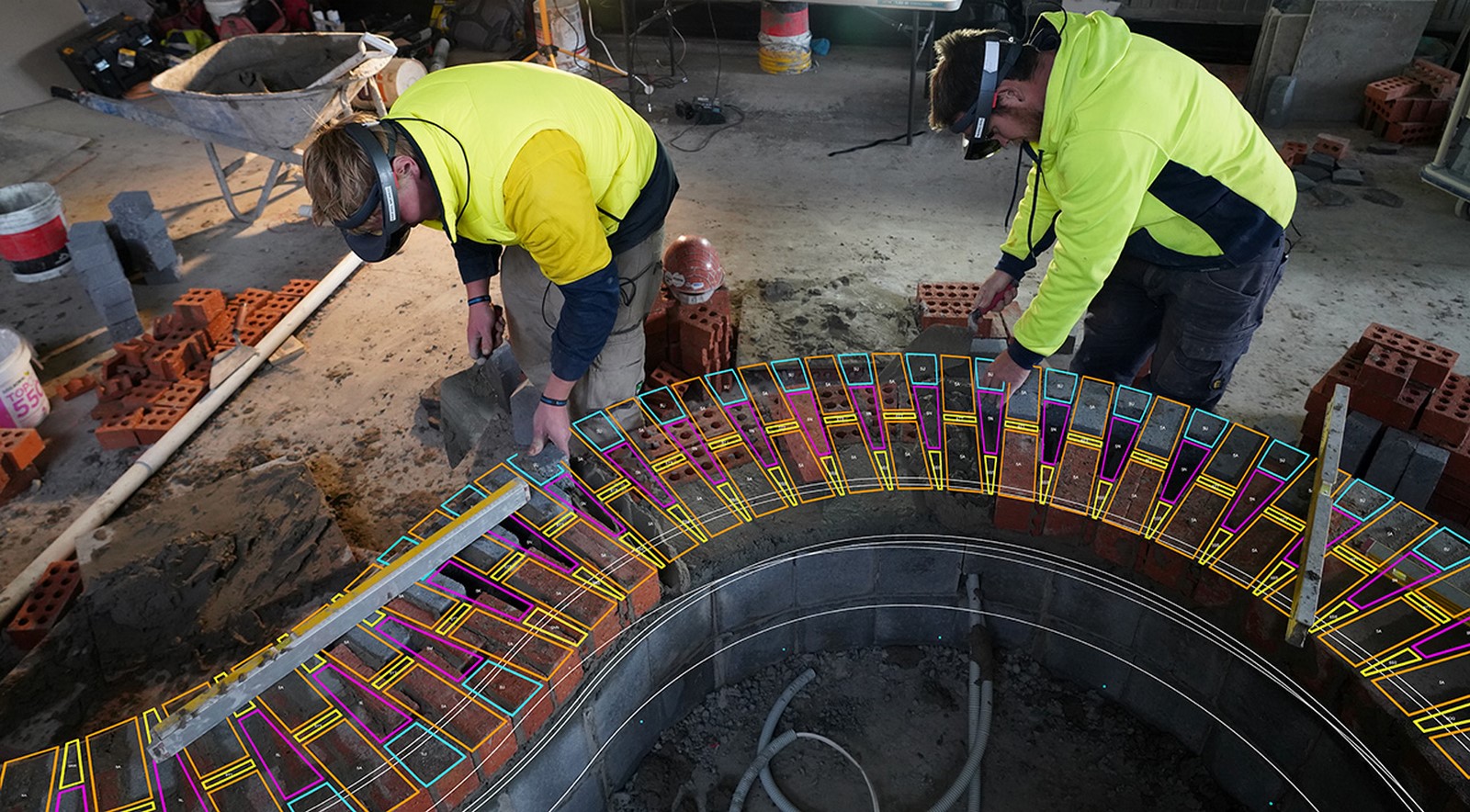
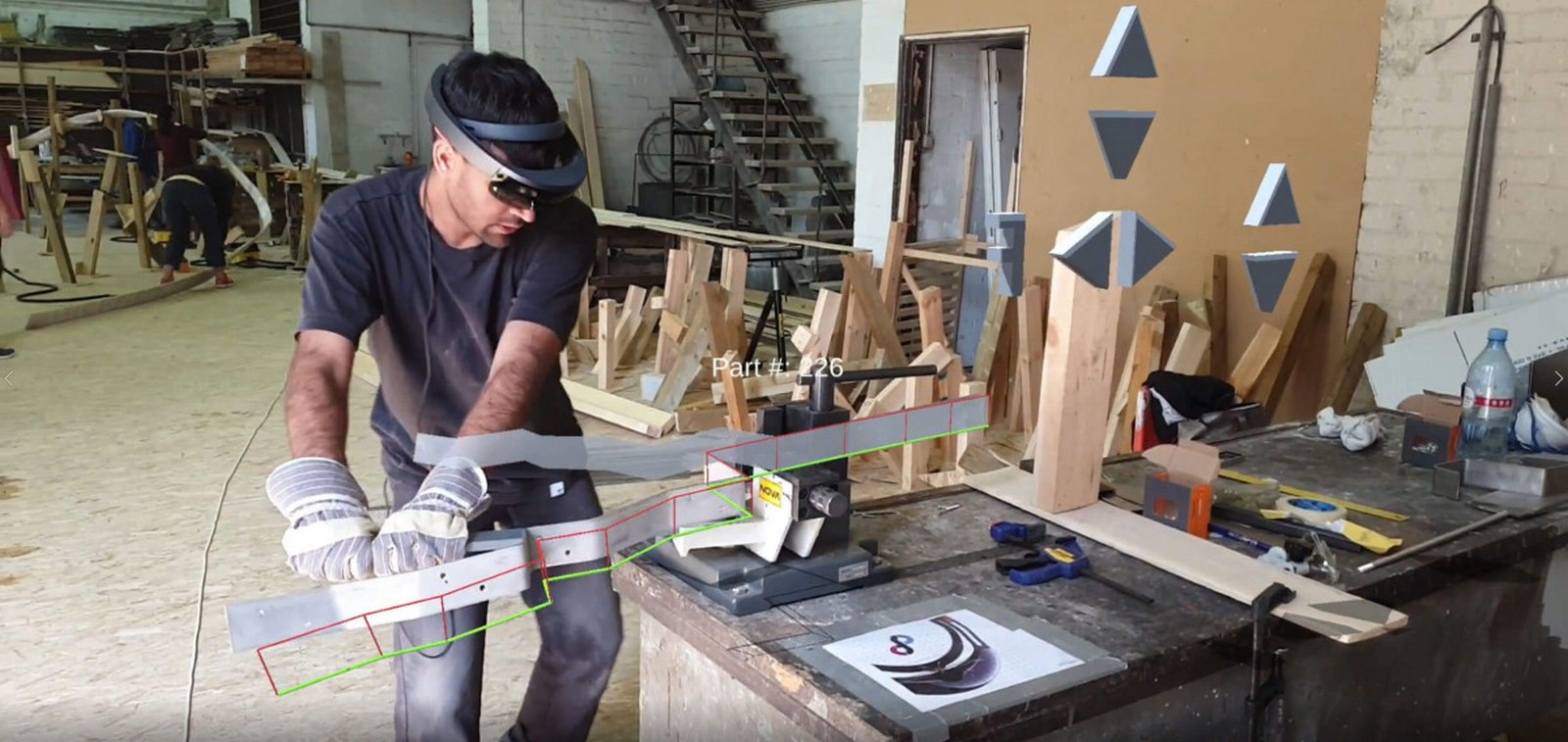
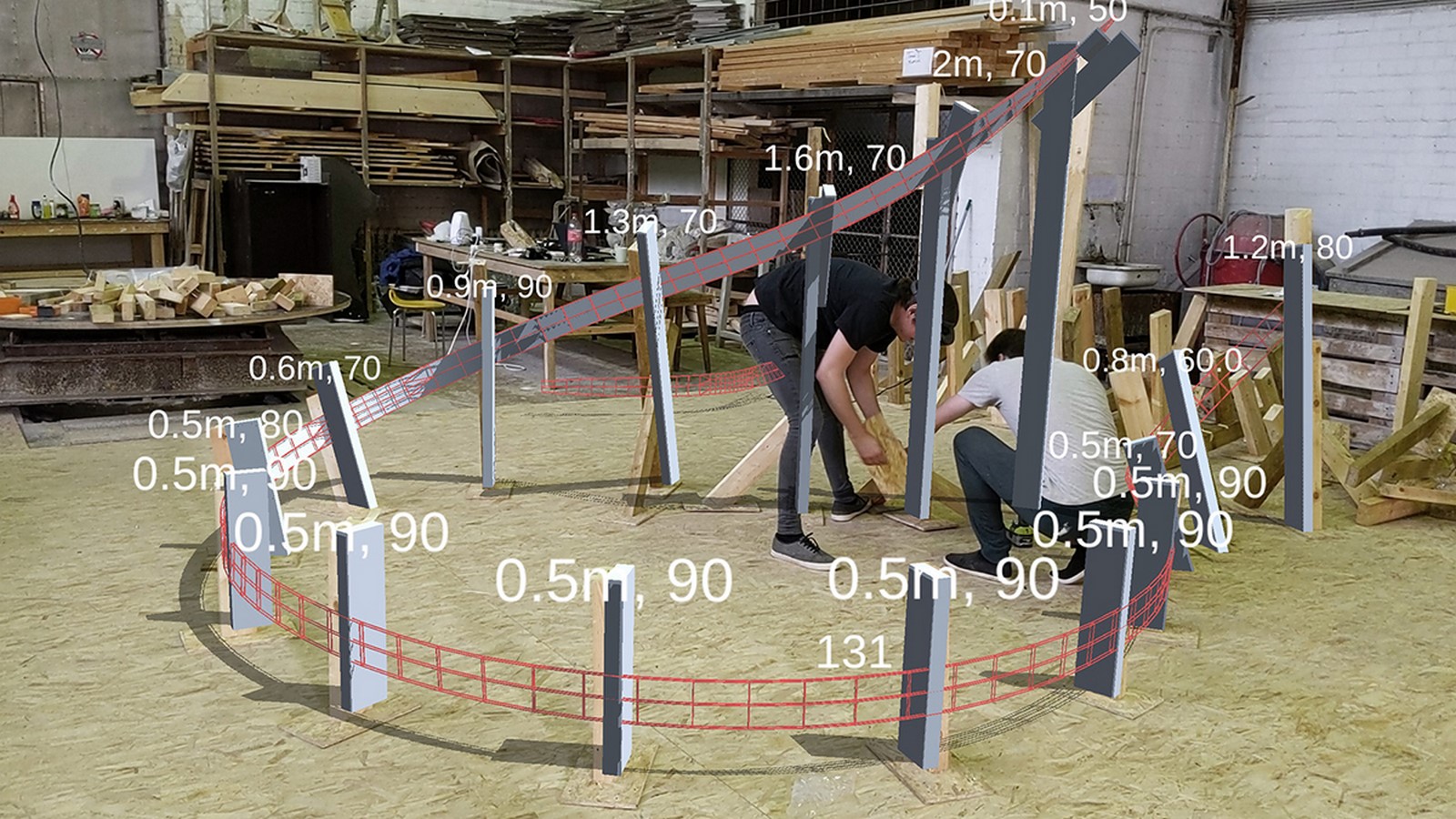
People’s Reaction
Fair enough, when discussing new technologies and fresh approaches, some may find themselves to be rather unenthusiastic about them, mainly because it is about a paradigm change. Such shifts face almost each and every time some sort of resistance from the people, at least in the beginning, until they are slowly digested and properly understood.
Augmented architecture is about a paradigm change, that is for sure, but until now, Gwyllim Jahn claims that people did not show any repulsion for it. Instead, they wanted to participate and give it a shot. After all, the approach proposed by Fologram is one that enables common people to create crazy and complex objects without requiring any particular skill.
Future Opportunities
Undoubtedly, the future is about learning how to live with technology and make the most out of collaborating with it. For now, the costs of devices such as the HoloLens enabling users to get in touch with the idea of augmented architecture are quite spicy but, as past experiences showed us, technologies develop extremely fast and become more accessible in time. However, regarding what could be done, imagination is the only limit. The applications of such practices are almost endless.
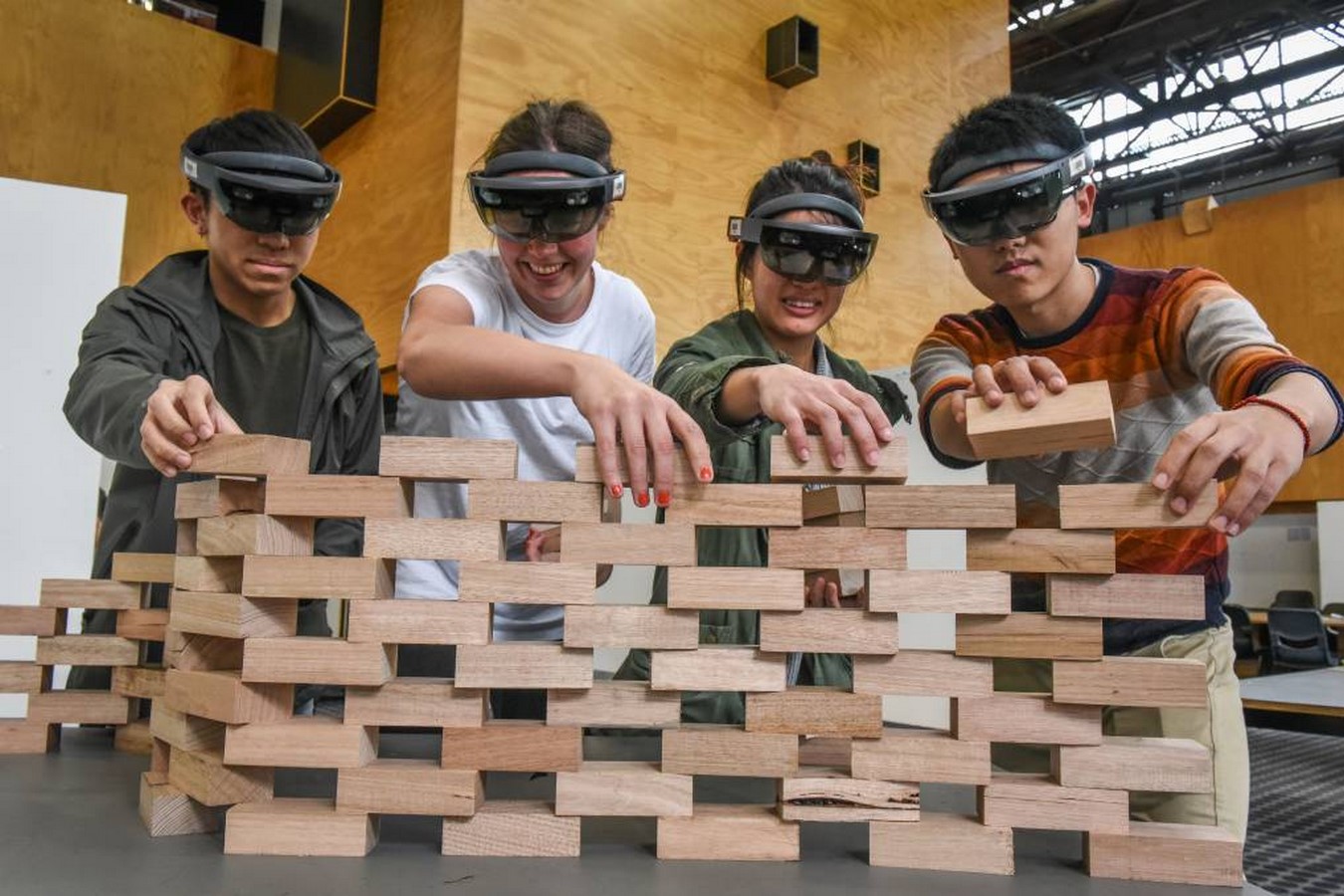
No matter if you are into AI, AR, VR, or any other two-letter abbreviation for virtual experiences, as an architect, one has to understand the need for experimentation. The profession asks for creativity and imagination before anything else. Therefore, when thinking of a good quality architecture of the future, one has to think of bald, daring attitudes that would freshen up the “dull – dead dull” (to quote from the renowned Australian architect, Glenn Murcutt) built environment out there.
References
- https://www.youtube.com/watch?v=cwux8vtPDAE&t=495s
- https://fologram.com/
- https://designwanted.com/tech/fologram/
- https://www.archdaily.com/926191/steampunk-pavilion-gwyllm-jahn-and-cameron-newnham-plus-soomeen-hahm-design-plus-igor-pantic?ad_medium=office_landing&ad_name=article
- https://www.examiner.com.au/story/5653104/augmented-reality-gives-utas-architecture-students-vision-of-the-future/


